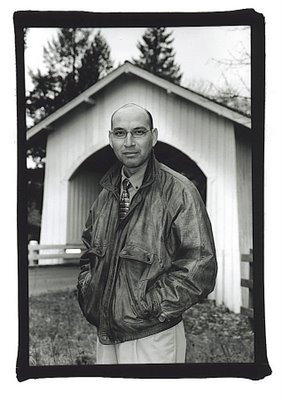Precisionism or Photography?

The world of art revolves all around us--in a full circle it seems--and often its historical influences remain unnoticed or unrecognized in our creative minds and even in our photographic work. This belief became apparent to me after a recent visit to San Francisco's M.H. de Young Art Museum and a tour of Charles Sheeler's exhibit, Across Media.
Sheeler is considered the archetype of the 1920's Precisionist movement in art: a painting style characterized by exact, hard, flat, big, industrial, and photographic-like subjects. He avoided figures in favor of near abstract geometric shapes, and believed in the "unseen soul" of the inanimate object. His fascination with American industrialization and the progression of modern architecture became an obsession and his work mirrors the displacement of the natural world by the industrial world.

But nevertheless, Sheeler always managed to find some sense of beauty and dignity in this struggle, and for me, that's the essence of his legacy. In the past, I've photographed shadows cast on a series of oil storage tanks and replicating features on the exterior of an exclusive apartment complex oblivious to Precisionist principles--but that won't happen again.

For Sheeler, the subject was the style--photography fed into painting and vice versa--but industrialization was always the underlying theme. Today, in a society increasingly dependant and dominated by technology(particularly in the visual media field), I wonder is Precisionism actually photography, or is Photography really precisionism?



2 Comments:
Interesting subject, good timing ... it goes well with the recent cover of Times, which showed a photograph of Ronald Reagan with a realistic (though very large) tear Photoshopped on. See Trent Nelson's comments
heh, the Manke family (in Foster City) has this photograph framed in their hallway
Post a Comment
<< Home